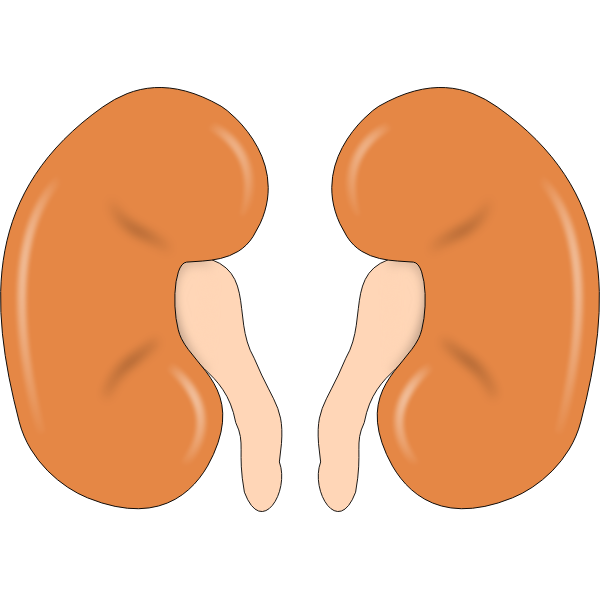In a new study in Cell Stem Cell, scientists from the USC laboratory of Andy McMahon generated simple kidney-like structures called organoids and used them to identify potential drugs to treat adult-onset polycystic kidney disease.
To accelerate the quest for new treatments for Autosomal dominant polycystic kidney disease (ADPKD), first authors Tracy Tran, Cheng (Jack) Song, and their colleagues started with human pluripotent stem cells, which have the ability to either multiply to produce more stem cells or differentiate into many different types of specialized cells. They used these pluripotent stem cells to grow organoids consisting of one or two structures resembling the kidney’s filtering units, known as nephrons.
“These organoids are simple, reproducible, scalable, and cost-effective,” said Professor McMahon, the lead author on the study, Chair of the Department of Stem Cell Biology and Regenerative Medicine, and Director of the Eli and Edythe Broad Center for Regenerative Medicine and Stem Cell Research at USC. “Most importantly, the organoids can consistently recapitulate key aspects of normal human kidney development, as well as cyst formation in ADPKD.”
The scientists then performed the first screen using gene-edited human organoids to identify potential therapeutic drugs for ADPKD, focusing on a collection of enzyme inhibitors to give broad insight into the cellular mechanisms controlling cyst formation. “Our organoids proved to be very useful for identifying therapeutic drug candidates that merit further study for the treatment of ADPKD,” said Song, who is a Postdoctoral Amgen Scholar in the McMahon Lab.
After testing a collection of 247 enzyme inhibitor compounds on the organoids, the scientists found nine that inhibited the growth of the cysts, without stunting the overall growth of the organoids. One compound, quinazoline, was particularly effective.
























